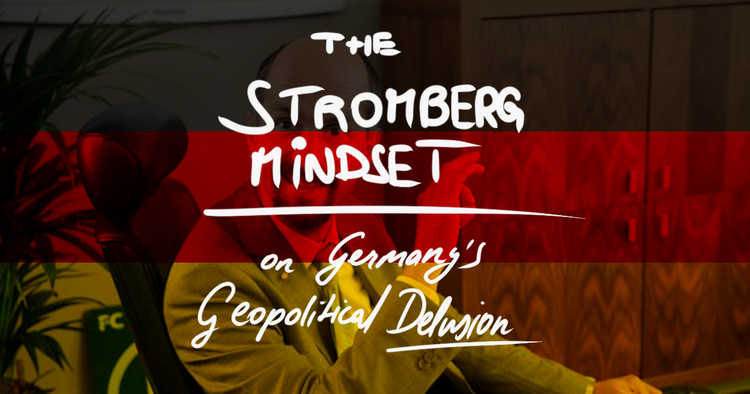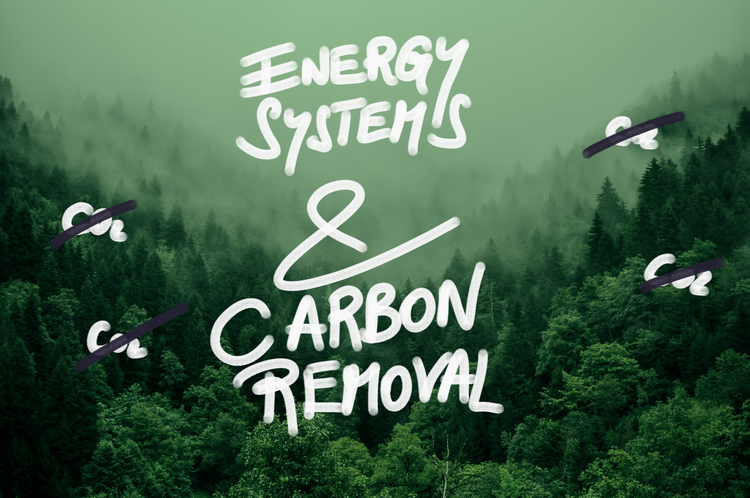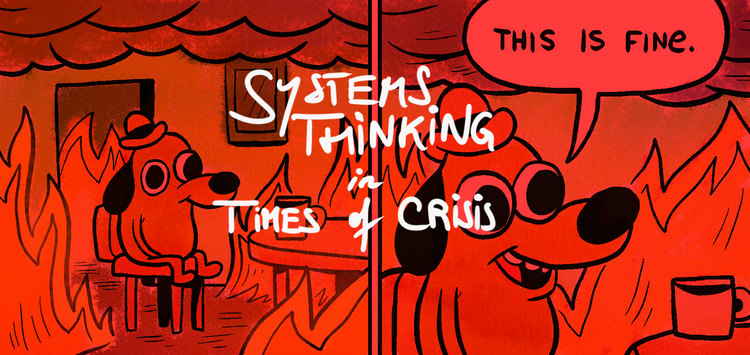An Introduction to Systems Thinking
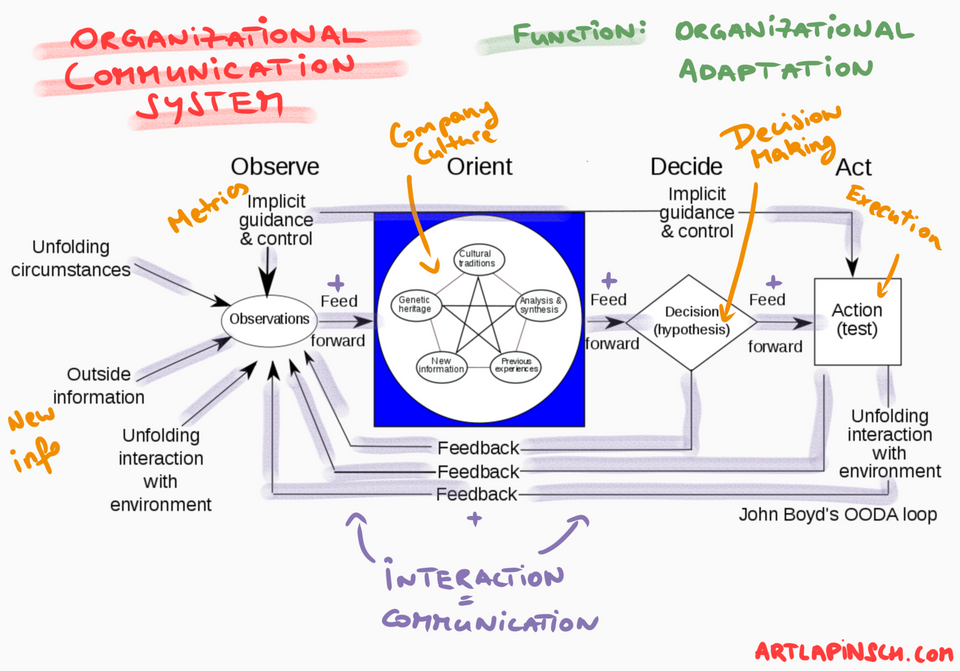
How do you make sense of this mess?
I have started to ask myself this question more frequently.
I started exploring 'Systems Thinking' to make sense of personal challenges, impactful corporate problems, and seemingly illogical policy decisions.
Below is my primer to Systems Thinking.
Why Is Systems Thinking Important?
TL;DR: Understand the real drivers of behavior.
Donella Meadows - one of the pioneers of Systems Thinking - teaches that we regularly produce certain results even if we don't want to.
- A new diet leads to weight gain instead of weight loss.
- A new software reduces sales instead of increasing them.
- A new policy increases crime rates instead of reducing them.
When something goes wrong we are trying to understand why.
- The Wrong Question: "What's wrong with the people?" ❌
- The Correct Question: "What's wrong with the system?" ✅
The takeaway is that system behavior is primarily driven by its purpose and not by the intentions of the people in it.
“Show me the incentives and I will show you the outcome.” - Charlie Munger
Systems Thinking: Definition and Example
Let's establish what we are talking about.
Defining Systems
This is one of the most common definitions of "systems" 👇
A system is a set of interrelated elements organized to serve a particular function or to seek a particular goal.
- Elements: Everything you can touch and measure. (factories; stuff)
- Interrelation: The glue that holds everything together. (activities; communication)
- Function/Goal: The result that is clearly being produced every time. (≠ what people would say is the goal)
To demonstrate the latest point we can quote Russell Ackoff - the godfather of Systems Thinking:
"The healthcare system of the United States is not a healthcare system; it is a sickness and disability-care system."
In this example, we can break this system down into its constituent parts:
- Elements: Patients; Healthcare Professionals; Healthcare Institutions; Insurances; Pharmaceutical Companies; etc.
- Interrelation: Patients are insured with the Insurances; Pharmaceutical Companies sell to Patients and to Healthcare Institutions; Healthcare institutions employ healthcare professionals; ...
- Function/Goal: Keep money flowing through the system to enable all interactions
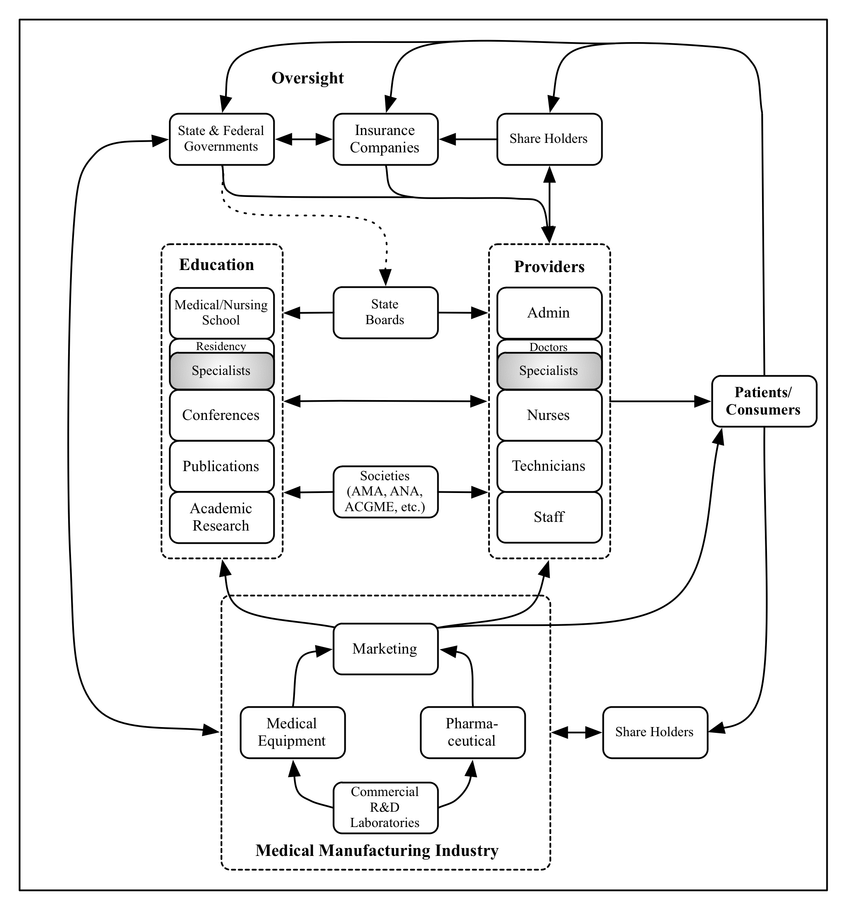
The stakeholder map from above 👆 should give you an idea of why "sickness and disability-care" is the common outcome of the U.S. Healthcare System.
What's wrong with the people?
Nothing is wrong with the people. They just execute perfectly within the circumstances of the game.
If the goal were 'healthy people', we would need stronger incentives for preventative methods like nutrition and physical/mental fitness.
The incentives are the problem.
Big Ideas of Systems Thinking
Here's a collection of ideas that have helped me the most.
For the sake of argument, let's talk about water 🌊
Big Idea #1: Drawing Boundaries 🖼
Reality is infinitely complex.
To avoid analysis paralysis, systems thinkers draw boundaries.
“There are no separate systems. The world is a continuum. Where to draw a boundary around a system depends on the purpose of the discussion.” - Donella Meadows
We can look at the entire ocean or we can focus on a bathtub in our apartment.
Both are systems.
Big Idea #2: Stocks and Flows 🛁
At the most fundamental level, a system has stocks (= elements) and flows (= inflows and outflows).
Our bathtub has stocks and flows:

Big Idea #3: Linear vs. Circular 🔁
Circular loops are the foundation of systems thinking.
- Linear Thinking: Cause-and-Effect ➡️
- Circular Thinking: Loops 🔁
We learn about cause-and-effect relationships but in reality, most things exist in a complex interaction with many other things.
Our bathtub is only one part of a larger water piping network in our building. Our building is one element of the local water supply infrastructure. And so on and so on.
Our reality is less like a straight line and more like a collection of interconnected circles.
Communication Systems: A Case Study of Systems Thinking in the Corporate Setting
In the past, I've written about the struggles of formerly co-located companies going fully remote.
My hypothesis back then:
- Internal communication flows can be analyzed via the OODA Loop framework
- The steps of the OODA Loop (Observe; Orient; Decide; Act) are related to each other via information feeds → you need to push information from one step to the next one
- When you shift an organization from co-location to fully remote without adjusting the information feeds (e.g. in-office meetings vs. digital communication), the organization stops communicating
What I didn't know back then was that the OODA Loop is also a perfect model in the context of Systems Thinking.
- Elements: Steps of the OODA Loop (Observe; Orient; Decide; Act) → in the context of internal communication those can be departments (e.g. Observe = Analytics Department; Orient = Marketing Department; Decide = Management; Act = R&D and Sales Departments)
- Interrelation: The communication flows between the elements
- Function/Goal: The goal of internal communication should be to advance the organization → usually that happens through organizational learning, which leads to organizational adaptation

“You can drive a system crazy by muddying its information streams.” - Donella Meadows
No information = no interaction = no movement forward = stagnation = death.
Understanding the Hierarchical Flow of a System ⛳️
Systems can be broken down into five hierarchical levels:
- Function: What is its inherent purpose?
- Interconnection: How are the various elements related to each other?
- Elements: Who are the players?
- Behavior: What do they do?
- Events: What are the results?
#5 gives a clear indication of #1.
“Purposes are deduced from behavior, not from rhetoric or stated goals.” - Donella Meadows
Why am I telling you all this?
Because understanding the hierarchical flow of a system shows you its leverage points.
The Wrong Question: "What's wrong with the people?" ❌
Change the people within a system and you still get the same outcome.
The Correct Question: "What's wrong with the system?" ✅
Change the function of the system and you'll get radically different outcomes.
Bottomline: Life Is a Complex Mess
I still can't fully make sense of this mess called 'life' but at least I have a better starting point: Systems Thinking
- Identify a system I want to look at 🔍
- Draw a boundary for the system 🖼
- Identify the constituent parts within the system 🛁
- Look at the circular loops of the system 🔁
- Understand the purpose of the system ⛳️
“Let's face it, the universe is messy. It is nonlinear, turbulent, and chaotic. It is dynamic.
... It self-organizes and evolves. It creates diversity, not uniformity.
That's what makes the world interesting, that's what makes it beautiful, and that's what makes it work.” - Donella Meadows
Additional Resources
- Thinking in Systems: A Primer (Donella Meadows)
- Lecture: Sustainable Systems (Donella Meadows)
- Tools for Systems Thinkers: The 6 Fundamental Concepts of Systems Thinking (Leyla Acaroglou)
- A Lifetime of Systems Thinking (Russell Ackoff)
- Dancoland (Alex Danco)

